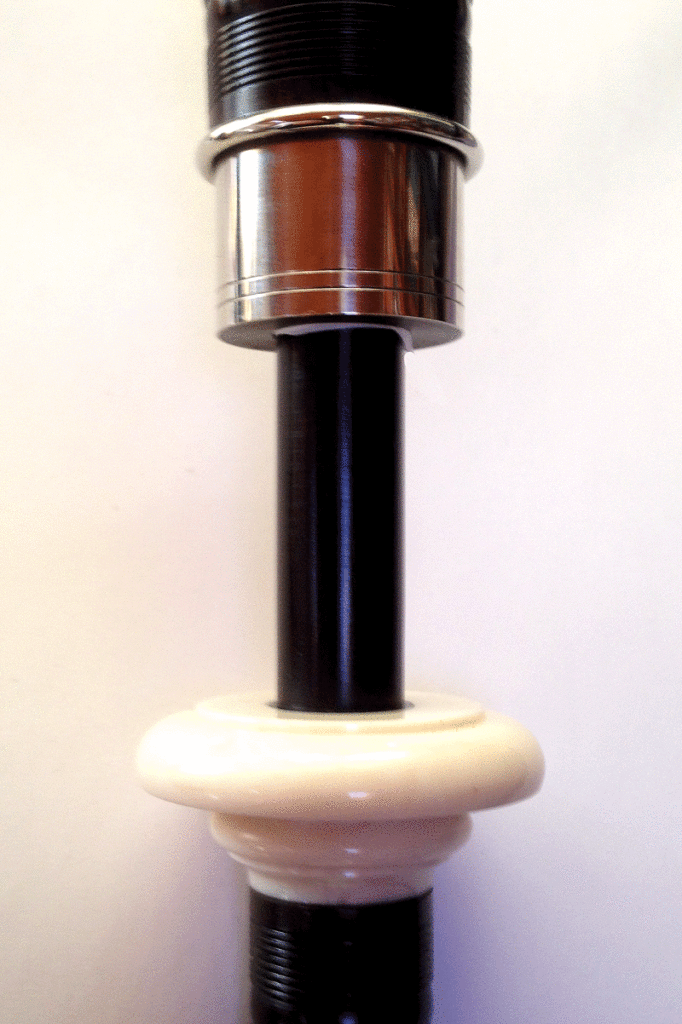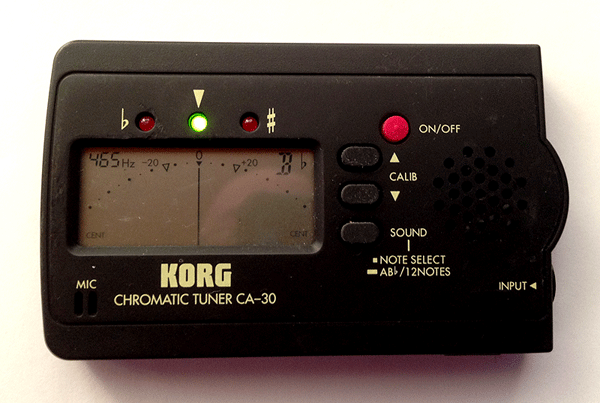 Anyone listening to an amateur competition or recital will be struck by the improvement in the standard of both play and bagpipe in recent times, writes Robert Wallace. Indeed, you may come away thinking that there is not much difference in sound between that and a professional event – that is until you go to the professional event.
Anyone listening to an amateur competition or recital will be struck by the improvement in the standard of both play and bagpipe in recent times, writes Robert Wallace. Indeed, you may come away thinking that there is not much difference in sound between that and a professional event – that is until you go to the professional event.
Suddenly the amateur tones revolving in your memory will not appeal just as much. The bright, keen timbre, the projection, the clarity, will be missing. Yet I believe that these days it is perfectly possible for the amateur to get his or her pipe sounding much closer to that of the pro. Often the problem is a dull, flat sound, the bagpipe neither blown nor set up at the correct pitch.
So, assuming your ear is perhaps not the best, how do you go about rectifying this? The first thing to do is use a tuner. Take one with you to the next professional contest or recital you go to, or download an app for your smartphone. Once in the hall, get out your device and check the pitch of a piper whose tone appeals. Make a note. If you can’t get to a live event use a CD of one of the leading players using the device in the same way.

Back in your practice room, carefully remove the chanter from your pipes and try to set the low A as close as you can to the noted pitch using the tuner or app. Once you are happy, set the rest of the pipe in the normal way, but try to:
- Get a good octave to high A.
- Get your drones in the ball park by tuning them in the mouth to the same pitch (use an old drone stock if you do not want to risk getting saliva on the reed).
Re-assemble the pipe. The fault that sometimes happens at this stage is that the amateur piper will not blow consistently at the correct pressure, therefore use the tuner/app again to make sure you are as close as you can get to the desired pitch. The needle will centre and the lights turn green (depending on the chosen manufacturer) when you are on the money.
Now fine tune the drones as best you can starting with the outside tenor. Bring in the bass and then the middle. Remember NEVER tune to E or any other note on the chanter. This is a surprisingly common affliction which must be avoided at all cost. High A must be our master. Also, remember to blow it out fully when tuning. It will be next to impossible to set the pipe if you do not. Use the tuner again for this if necessary.

Of course, it goes without saying that you must have an efficient instrument before any of the above will work. The bag, joints, and blowstick valve must all be supremely airtight. The reeds must be efficient to the highest degree possible: no leaks and a high return for little input.
Always remember that your pipes will be a little flat when you first take them out of the box, so it may be worthwhile to give them a five-minute blow in a warm room before you start to re-set the pitch.
If things still are not cooking, then get that CD out and turn up the volume. Cork up your chanter stock and play drones only along with the master piper. Tune them until yours are as one with his. If you have to move them down too far (as may be likely) then adjust the tuning pins on your synthetic reeds or the bridles and hemp on your cane.
Eezidrones
Moving the pins in will sharpen the reed and move the tenor drone top, or middle section of the bass, up. The same will be achieved if you take some hemp off the cane reed and/or slightly move the bridle towards the sealing wax end. Remember, very little can make a very great difference here, and my advice for the amateur piper would always be to play synthetic reeds (most of the professionals do anyway). I use Eezidrones by Pipe Dreams, but there are other good makes on the market I am sure.
Once you have settled your drones to that of the pro you can now replace the chanter and see if things marry up. More than likely the chanter will be too flat and you will have to sink the reed. The problem may have been that when blowing a pipe chanter in the mouth we tend to blow considerably harder than when in the pipe. Bear that in mind when you first set it up.
Using the modern aids we have today there really is no reason why the amateur piper cannot sound at least 75% as good as the professional. Using a tuner/app to set up helps compensate greatly for the absence of the acute ear the top pipers all possess.
With synthetic bags, reeds and valves, bagpipe maintenance today is a breeze compared with the days of seasoning, animal skins and cane. Modern electronic gizmos, if used correctly in the way described, above can make you sound like a pro even if the fingers don’t quite cut it.



















Thank you .This is one of the most helpful articles I have read on tuning